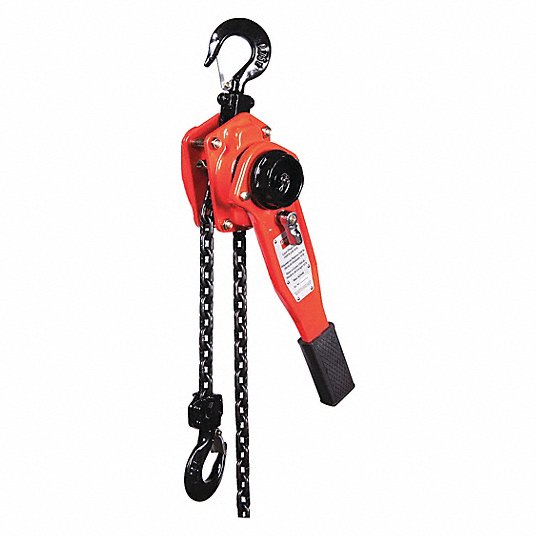pkmh
Jedi Warrior
Offline
Hello All,
As part of my front end rebuilding on my 67 BJ8, a few months ago, I have already replaced the upper bushings and had my Armstrong lever shocks rebuilt. So, far all very good!
In attempts to do the lower bushings to the control arms, it will be necessary for me to remove the 4 existing 3/8" bolts securing the spring pan.
From my shop manual readings and elsewhere here, after the car is jacked up and wheel removed, I am aware how it is recommended to first place 2" wood blocking situated under the upper shocks first(to avoid crushing the rubber bumpers).
Then in sequential order of removing the spring, first remove two of the four existing 3/8" bolts diagonally opposite which secure the spring pan, then replace the removed bolts with 2-3/8" diameter by 4" long bolts, leaving the other two existing 3/8" bolts in place. Then remove the two existing 3/8" before slowly removing the 4" long bolts in attempts to relieve all of the compressive energy from the springs.
Assuming that is the way to go, then my two simple questions are:
1. Is it necessary to use grade 8 bolts (highest grade strength)? Is it possible to use a "Home Improvement" grade or other than a grade 8?;
2. I have a screw thread gauge which seems to indicated the existing 3/8" bolts used are (approximately) 26 screw threads/inch. Is there a difference in using coarse screw threads over fine? Maybe engineering properties to be aware of using one type over another?
Not sure how much compressive strength is stored in a spring. Any thoughts?
Paul
As part of my front end rebuilding on my 67 BJ8, a few months ago, I have already replaced the upper bushings and had my Armstrong lever shocks rebuilt. So, far all very good!
In attempts to do the lower bushings to the control arms, it will be necessary for me to remove the 4 existing 3/8" bolts securing the spring pan.
From my shop manual readings and elsewhere here, after the car is jacked up and wheel removed, I am aware how it is recommended to first place 2" wood blocking situated under the upper shocks first(to avoid crushing the rubber bumpers).
Then in sequential order of removing the spring, first remove two of the four existing 3/8" bolts diagonally opposite which secure the spring pan, then replace the removed bolts with 2-3/8" diameter by 4" long bolts, leaving the other two existing 3/8" bolts in place. Then remove the two existing 3/8" before slowly removing the 4" long bolts in attempts to relieve all of the compressive energy from the springs.
Assuming that is the way to go, then my two simple questions are:
1. Is it necessary to use grade 8 bolts (highest grade strength)? Is it possible to use a "Home Improvement" grade or other than a grade 8?;
2. I have a screw thread gauge which seems to indicated the existing 3/8" bolts used are (approximately) 26 screw threads/inch. Is there a difference in using coarse screw threads over fine? Maybe engineering properties to be aware of using one type over another?
Not sure how much compressive strength is stored in a spring. Any thoughts?
Paul

 Hi Guest!
Hi Guest!

 smilie in place of the real @
smilie in place of the real @
 Pretty Please - add it to our Events forum(s) and add to the calendar! >>
Pretty Please - add it to our Events forum(s) and add to the calendar! >> 



